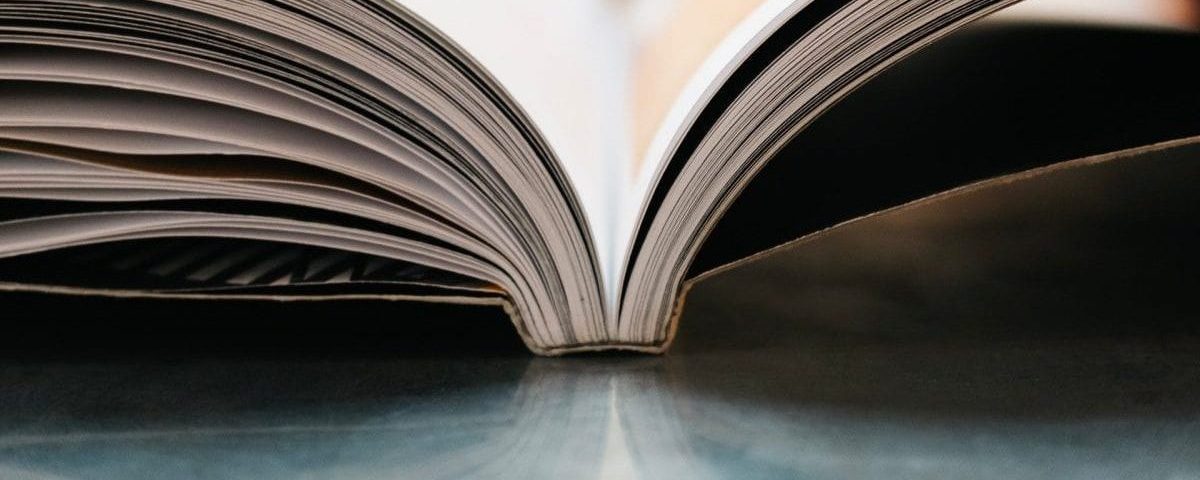
29The time has come: 2020 is coming to an end. Despite coronavirus’s worldwide effects this year, the world hasn’t stopped turning. We’ve continued finding stories, trends, and news to share with you on our blog. I’d like to take this opportunity to thank all of the experts and colleagues who have taken part in it, sharing their two cents on topics that will interest everyone. They’re the true stars, and we’re closing the books on this year with this blog article for them.
Here are 12 articles that we recommend reading on major topics in 2020. We hope you enjoy them. Happy New Year 2021!
The year we had to fight COVID-19
Huoshenshan: How to Build a Hospital in 10 Days
Due to the situation in Wuhan (China) at the start of this year, the decision was made to build a 25,000 square meter hospital with 1,000 beds in record time. To this day, this monumental work of engineering, its capacity, and, above all, the time it took to build it (exactly 11 days), continues to amaze the world. It wasn’t the only one. Another project with the same characteristics was started two days after to be practically ready in the same amount of time. This was quite a challenge in terms of construction, engineering, and technology.
On the front lines of containing the pandemic
When this situation first started in Spain, we immediately asked what could be done by an organization like ours. Not stopping, but instead growing stronger and taking on our responsibility.
In Madrid (Spain), our situation was quite complicated. The Community of Madrid ordered building a field hospital at the IFEMA fairgrounds with a capacity of 5,500 beds.
It was done in one weekend, something that could only be possible ‘when we all do our very best.’ We look back at that experience, when our professionals did piecework so that the hospital was running at full capacity on March 25.
Other needs started to surface, such as personal protective equipment. So we did what we could, using 3D printing technology to make masks. We’ll tell you all about it in this article: This Is How 3D Masks Are Printed, Strengthening Protection for Hospital Staff.
Everything that happens today is generating social, consumer, and economic changes, to name just a few. There are many thoughts and debates on the future of innovation and technology. Among all of these, we’re trying to answer this question: how will mobility change after Covid-19?
Innovation marches on, and we learn from history
We also want to make room for other articles that were popular among readers. If you haven’t already, now is a good time to read these:
Egeria, the Woman Who Traveled Fourth-Century Roads to the East
This story would make a great Netflix series. It was the year 381. In the Roman province of Gallaecia (now El Bierzo), Egeria left home on foot to see the world. She traveled on Roman roads and many other secondary roads. These led her across Europe’s borders, to Constantinople, and finally to her goal: Jerusalem.
An engineer from Edytesa, a Ferrovial company specializing in unique jobs, tells us first-hand what it’s like to build and manage a project in the hottest place on the planet: the Atacama desert. This is an example of engineering in an extreme situation.
Staying on Track: An Unmovable Mountain vs. Our Tough Team
This article discusses work on the El Risco Agaete Highway, a new 8km long road in the North of the island of Gran Canaria. This project requires 8 tunnels and two viaducts. As this article reveals, the main difficulty for equipment is the Faneque tunnel. We won’t give any more spoilers about this intrepid construction project. It truly does highlight the difficult challenges faced by many professionals.
The Future of Mobility Was Invented Over 200 Years Ago
This fascinating article outlines the history of a vehicle that changed mobility in its day. Hundreds of years later, it appears to have come to stay (again). We’re talking about the bicycle.
From 1927 to Today: The Story of Agroman
This year, the decision was made to change the name of Ferrovial Agroman to Ferrovial Construction. Agroman had a long history, and there’s no one better to tell it than civil engineer José María Urbasos. José María began his career with us in 1980. In 2007, he took the position of Director of Contracting for Spain at Ferrovial Construction.
“The core principles were having clear ideas, knowing where we’re going, having discipline in the organization, and not forgetting about innovation.”
This article gives details on how an aircraft tunnel washer works. The operation might sound like a car wash to us. However, it’s quite a different matter to do something like that for a plane with the proportions of an Airbus 320: 40 meters long, a wingspan 35 meters across, and 12 meters high – as tall as a four-story building. Quite the challenge.
The 800-Year-Old Castle That Treasures Freedom: The History of the Louvre Building
More than 800 years after this building’s beginnings – including many renovations – the Louvre is currently the most visited museum in the world. From an architectural point of view, one element has really stolen the show from the rest of the castle: the construction of the large glass ceiling. Want to learn more fun facts about the Louvre?
We hope that you’ll find these recommendations as interesting as we did. We’re already getting ready for 2021 to make sure that it will be a year full of great experiences, events, and fantastic memories. We’ll tell you all about it on Ferrovial’s Blog.





There are no comments yet